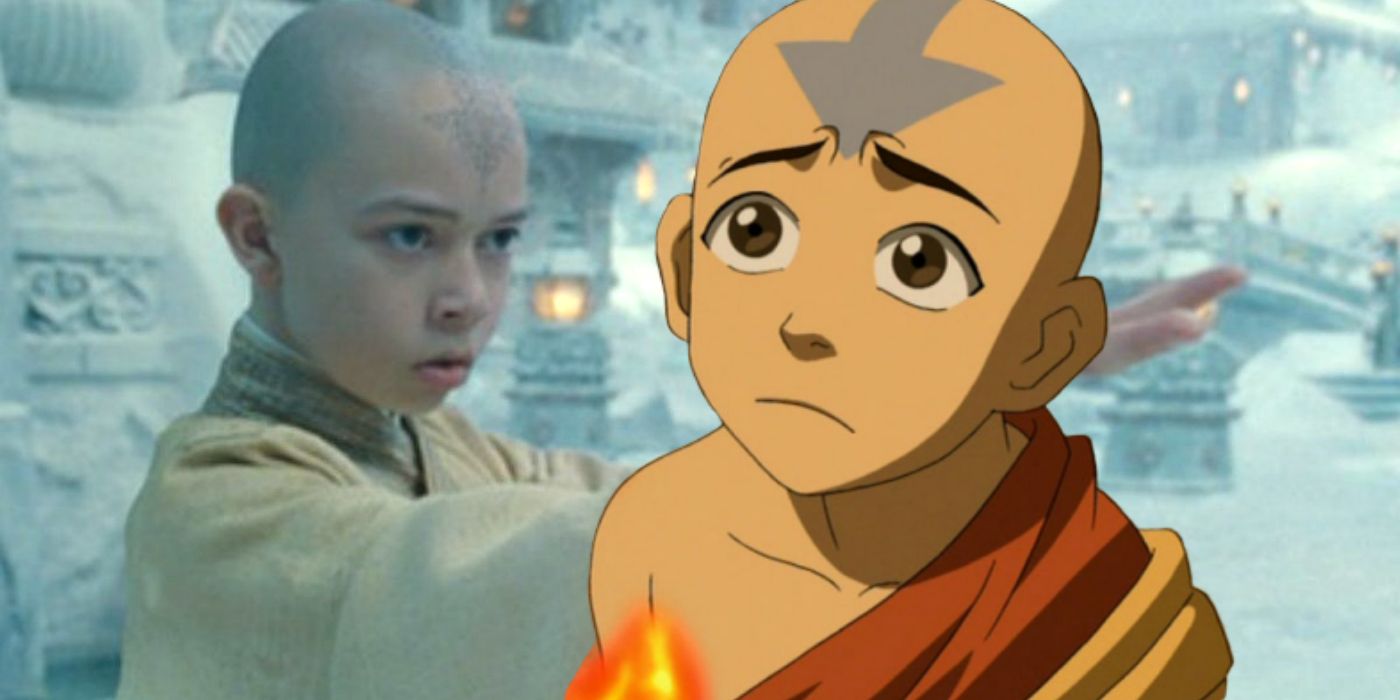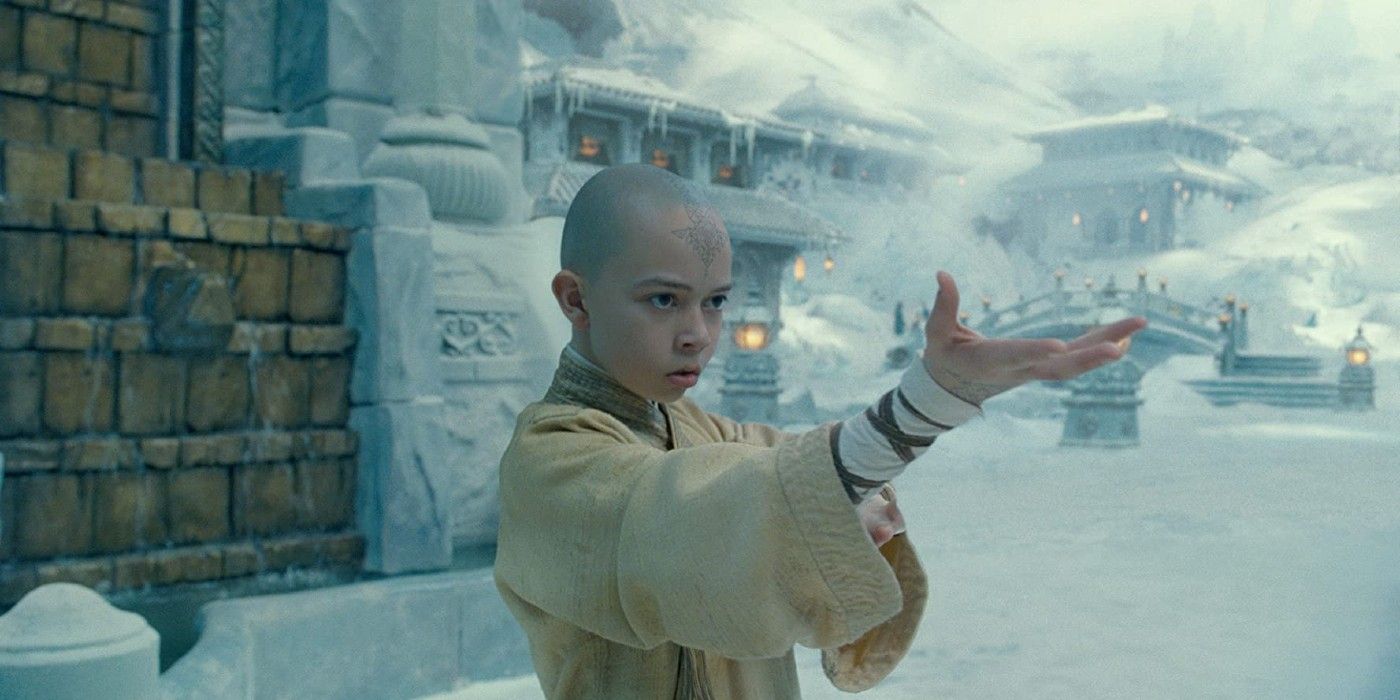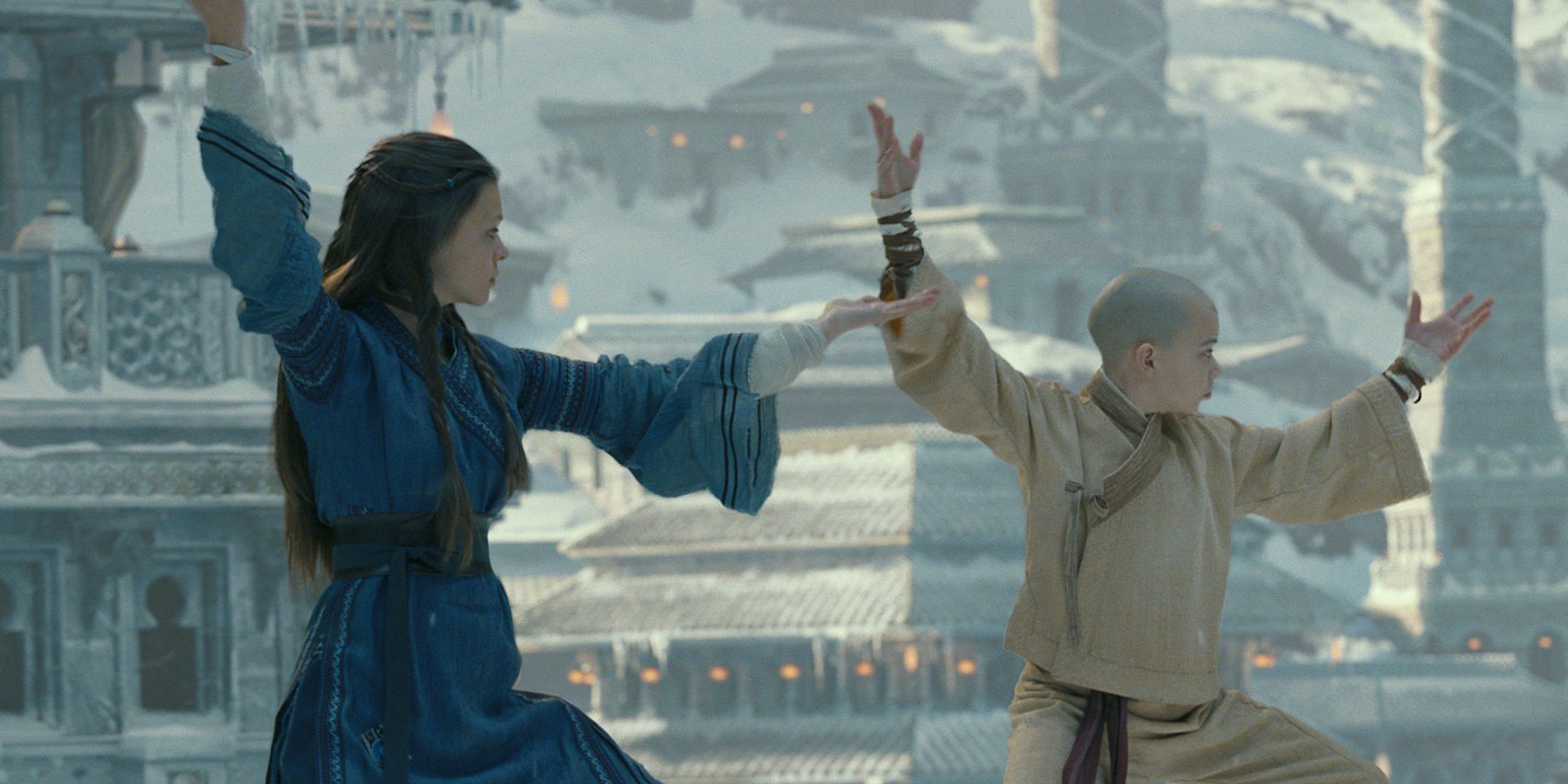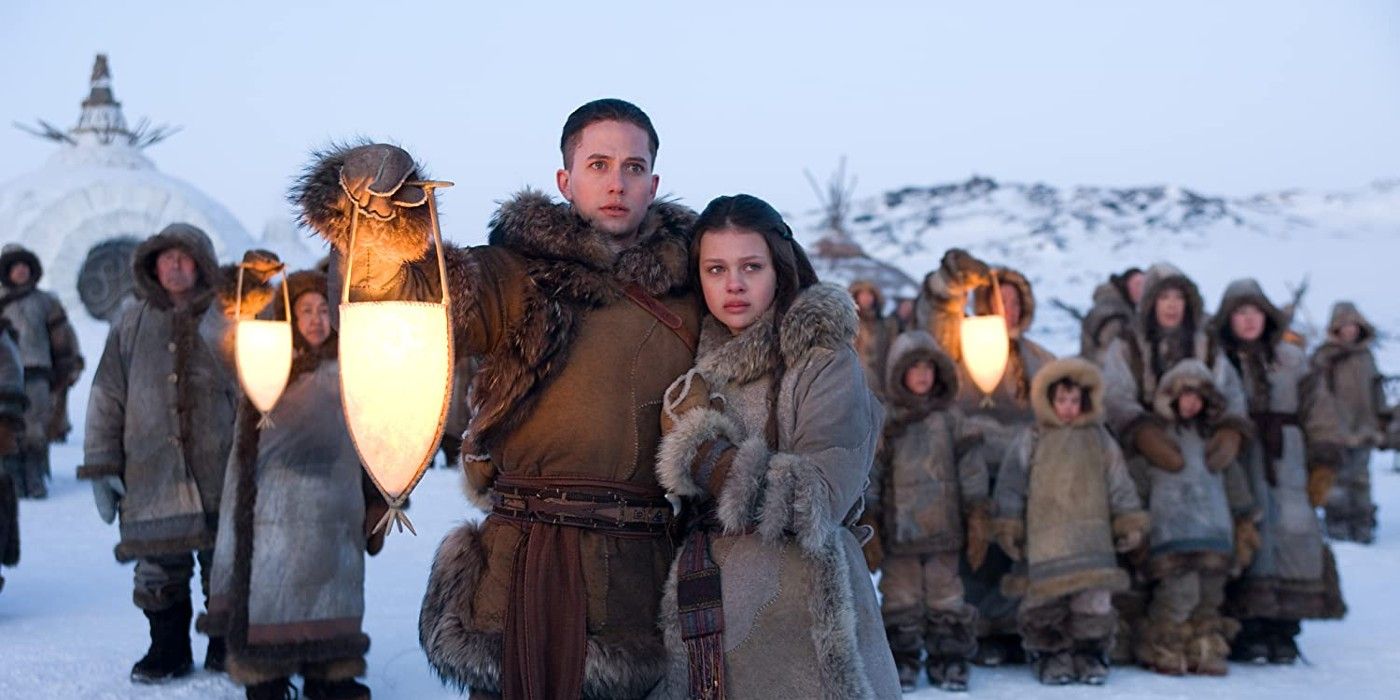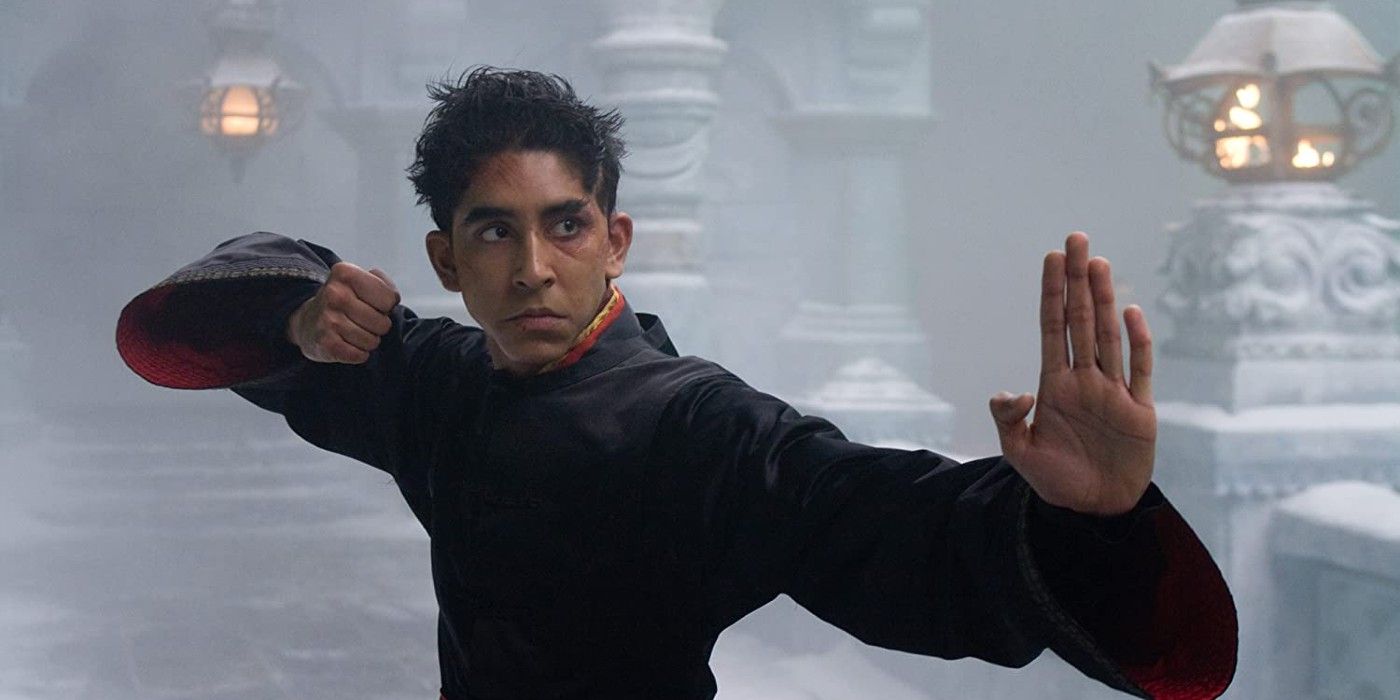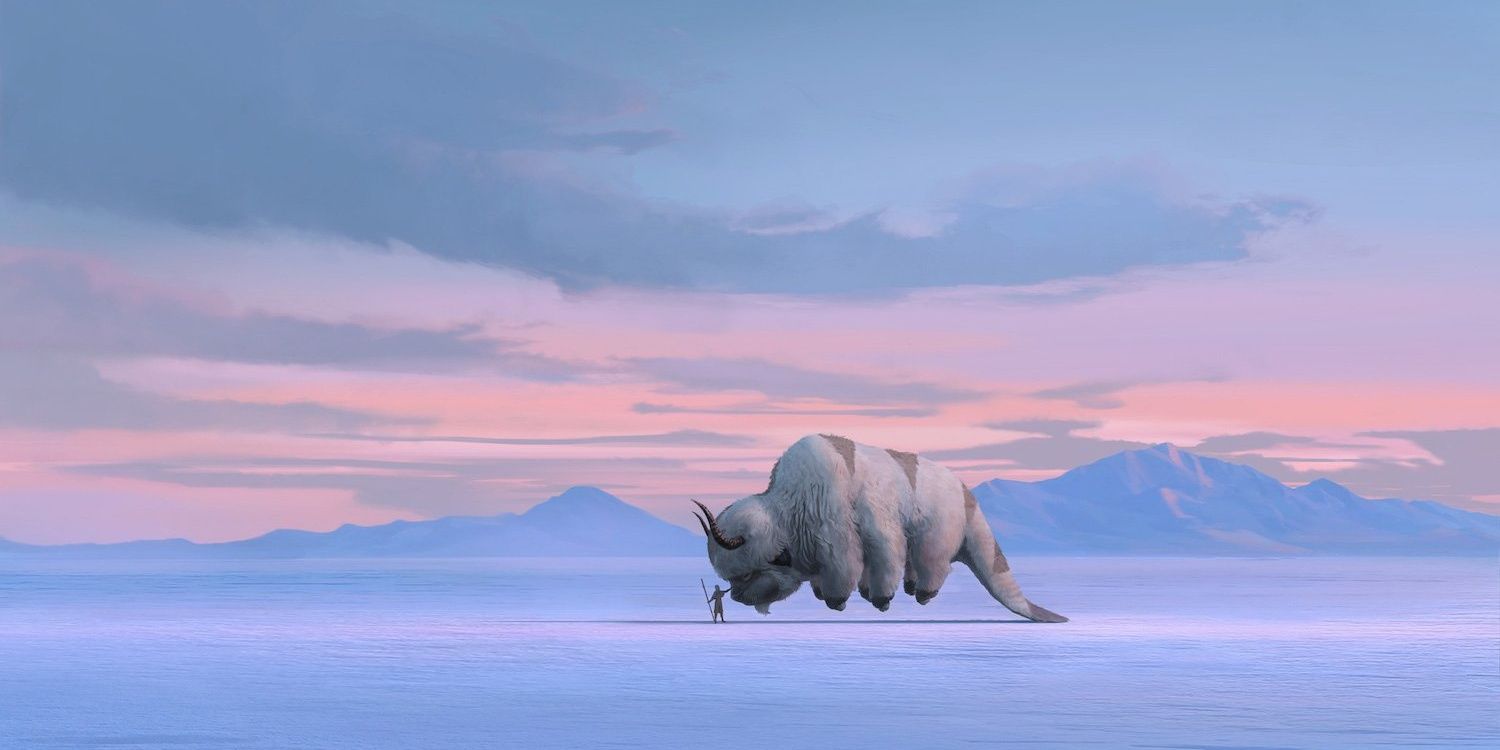The Last Airbender was a terrible adaptation of the show it was based upon, but the upcoming reboot can learn from its many mistakes. Originally planned as the first in a trilogy, M. Night Shyamalan's The Last Airbender was universally derided upon its release in the summer of 2010 as one of the year's worst films, and is a frequent presence on lists of the worst movies of all time. The movie's reception is all the more jarring given the widespread adoration of its source material, Nickelodeon's Avatar: The Last Airbender.
Debuting on Nickelodeon in 2005, Avatar: The Last Airbender was an instant hit, running for three seasons or "Books", and later spawning a sequel series, The Legend of Korra in 2012 which ran for four seasons. To this day, Avatar is consistently regarded as one of the greatest animated series ever produced. In a nutshell, The Last Airbender (which removed Avatar from its title to distinguish itself from James Cameron's Avatar) proved to be as stark and definitive a drop in quality from a previously established property as a big-screen adaptation has ever embodied.
A live-action reboot of Avatar is in the works at Netflix, with the direct involvement of series creators Bryan Konietzko and Michael Dante DiMartino. The idea of Avatar getting another shot at a proper live-action adaptation is surely welcome news to the countless lovers of the series across the globe who were left deeply dismayed by the 2010 film. However, it is still worth looking back on The Last Airbender to examine just how much the movie missed the mark and how the Netflix reboot can avoid its failings - and those failings are many.
The Last Airbender Had A Whitewashing Controversy
In the lead-up to its debut, The Last Airbender already had a cloud of controversy hovering over it due to its casting. The world of Avatar had been intended from the outset to be an encapsulation of Asia, with the Four Nations representing different cultures from across the Asian continent. However, the casting of the major characters of the movie hardly reflected this, with Aang, Katara, Sokka, and most of the Northern Water Tribe being played by white actors, with mostly Indian actors cast as the Fire Nation.
The backlash to The Last Airbender's casting would loom over the movie well before and well after it hit theaters. Even a decade later, the movie remains one of, if not the most notorious example of big-screen whitewashing, and is still regularly referenced as an example of racial miscasting to this day. However, for as big of a negative reaction as the casting of The Last Airbender received, even this was only just the beginning of its many problems.
The Actual Bending Was Disappointing
The premise of Avatar: The Last Airbender was both unique and groundbreaking in establishing the concept of "bending", the ability to manipulate the elements of Earth, Fire, Water, or Air. The show took this concept even further be correlating each element to a different discipline of martial arts, and later expanded into other subsets of bending, such as metalbending and even bloodbending. The Avatar is the only person in the world capable of mastering all of the elements, being continually reincarnated into a different tribe of the Four Nations while also being able to summon the power of the previous incarnations of the Avatar by entering the "Avatar state".
To say all of this was badly represented in The Last Airbender barely scratches the surface of how horribly the movie dropped ball on element bending. Where the show massively raised the bar for animated action scenes, the movie's bending consisted of poorly orchestrated dances with the characters going through an entire set of movements just to get started bending their designated element. Avatar also had genuine stakes that the movie completely lacked, with the bending fights being surprisingly intense for a kid-friendly show, along with the threat of the Avatar being eliminated for good if he or she were to die in the Avatar state. On top of failing to replicate the show's awe-inspiring element bending, The Last Airbender also fell short of the series it was born out of from the opposite end of the spectrum.
There Wasn't Any Humor In The Last Airbender Movie
For all its captivating action scenes and its overall sense of adventure, Avatar was a genuinely funny show, too. With Team Avatar ranging from being children to adolescents, Avatar consistently took advantage of the wacky antics and youthful worldview of its heroes. Aang may have been raised as a monk of the Southern Air Temple, but the series never let viewers forget that he was still a goofy 12 year-old, while Sokka was a major source of levity through all three seasons partly due to his lack of bending ability.
All of that was completely drained out of The Last Airbender, with the movie having nary a moment of light-heartedness in sight. Sokka, being arguably the most human of the main characters, especially suffered from the film's lack of whimsy, and the movie was seemingly left with no idea of what to do with him. The Last Airbender also presented a version of Aang that hardly felt like a kid at all, with the look on Aang's face at the end of the final battle being almost laughably dour after the Northern Water Tribe's victory. Unfortunately, this was just another byproduct of the final nail in The Last Airbender's coffin.
Everything In The Last Airbender's Script Was A Letdown
Above all else, The Last Airbender was the product a very bad script. In trying to condense the 20-episode first season into its 103-minute running time, the movie zipped through dialogue and major events like a cliff notes version of the show. Princess Yue's romance with Sokka and her sacrifice to save the Northern Water Tribe are some of the most glaring examples of the screenplay rushing to hit all of the beats of Book One, all of it shoved into the third act with zero emotional impact.
In virtually every aspect of the show's story, from Aang's fear of the responsibility of being the Avatar to his blossoming romance with Katara and Zuko's heartfelt relationship with his Uncle Iroh, The Last Airbender utterly failed to inspire the emotional investment in its story or characters that the show pulled off so well. Through a combination of trying to cram so much material into so sort of a running time and completely siphoning the life out of the story it was based on, The Last Airbender's failure stems from a screenplay that was lackluster at best, and horrendous at worst. With Avatar getting a second chance at live-action life, there are plenty of areas where it can learn from the downfall of its predecessor.
How The Last Airbender TV Show Can Do Better
There's little doubt that Netflix's Avatar reboot is going out of its way to be everything that The Last Airbender was not. That mindset in itself already places it on stronger footing that its predecessor ever was, but there are still some specific points that it should be mindful to hit, from casting actual Asian actors and doing a much better job with element bending, with the creators having already verbally committed to the former. The reboot should also make an effort to add new material to the Avatar mythos wherever it can, as the graphic novels that have continued the show's story have done. Aside from that, there are some other areas where it can improve, as well.
Though Aang's Earthbending teacher Toph Beifong did not appear until Book Two, she was one of the show's most memorable characters. Depending on the template being laid out, having her as a part of the Avatar reboot would bring in one of the most engaging and energetic characters of the franchise, provided she could be worked in organically rather than the shoehorning that the film relied upon. Additionally, the relationship of Aang and Zuko was perhaps the most central aspect of the show, and another that the movie failed to deliver on. Zuko's rejection by his father, Firelord Ozai, was the most heartbreaking aspect of Avatar. At the same time, his relationship with his wise Uncle Iroh along with his determination to capture the Avatar for his father and end his banishment from the Fire Nation made Zuko the rare antagonist that viewers could actually root for. It also made his and Aang's eventual friendship feel that much more profound when they finally joined forces, and Zuko's role in the defeat of the Fire Nation both heroic and redemptive. For the Avatar reboot, making Zuko, and Uncle Iroh for that matter, as central to the story as Aang, Katara, and Sokka themselves is an absolute must.
A decade hence from its disastrous theatrical release, there is no denying that The Last Airbender was an appallingly horrific first attempt to translate Avatar to live-action, and it remains among the most legendary failures of big-screen adaptations ever made. It does, however, give Netflix's upcoming Avatar series a virtually perfect blueprint of what not to do. Combined with the direct involvement of Konietzko and DiMartino and a vast well of material to draw from, the second bid to bring Avatar: The Last Airbender to live-action life can hopefully finally do justice to one of the world's most popular and beloved animated adventures.

